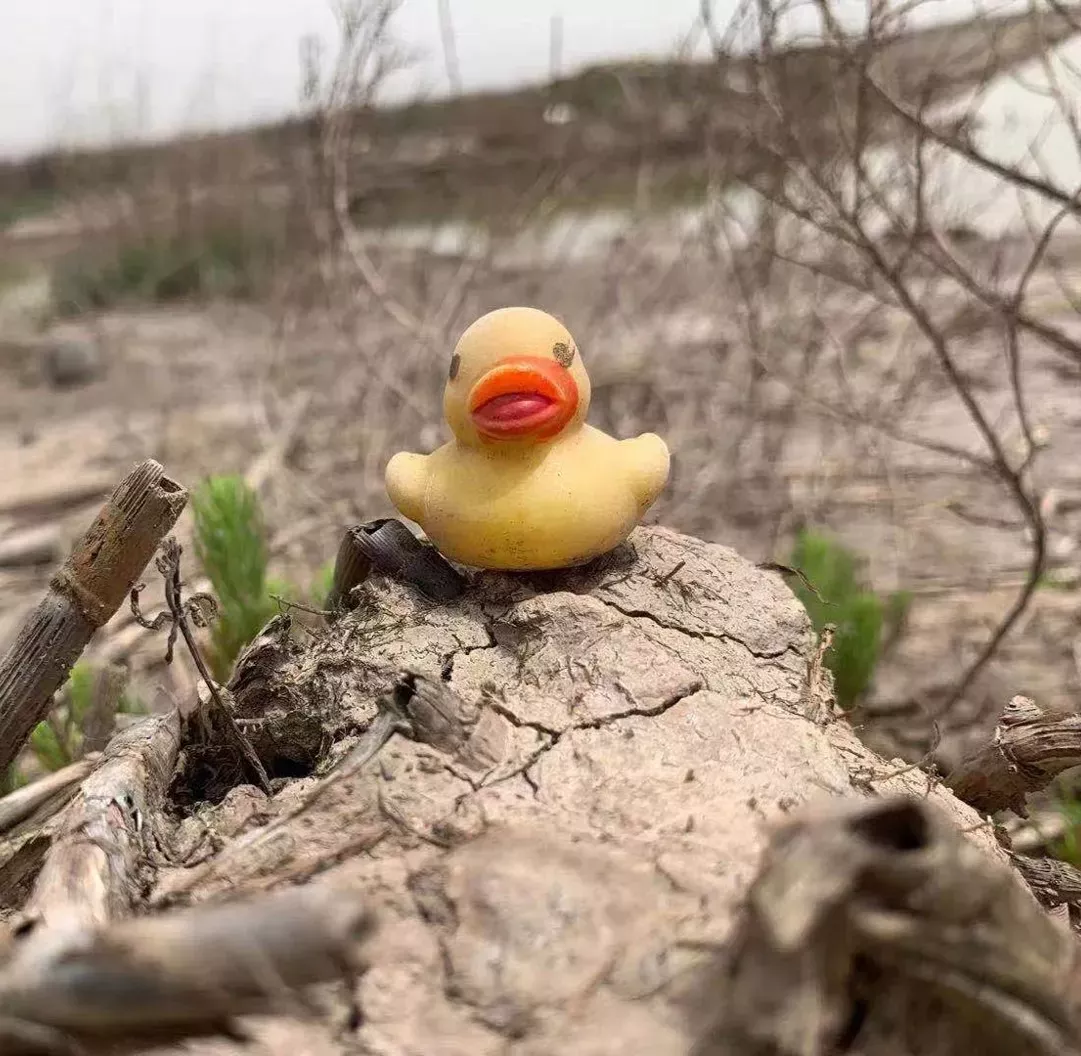5 June 2023
Saving planet plastic
On the hunt for solutions to the greatest pollution issue of our age, we dive into a new ecosystem borne of our waste – the plastisphere.

Imagine a world with perfect recycling. No more chocolate wrappers lining the banks of river estuaries. No more bags for life drifting lazily in the winds. No more fizzy pop bottles catapulting down your street like the cartwheeling tumbleweeds of a classic western.
Plastic waste pollution is one of the great challenges of our time. Make no mistake, plastic has revolutionised what we can achieve, and we’d certainly be worse off without it, but our failure to dispose of it properly once it has served its purpose is starting to haunt us.
We’ve created an entire new ecosystem under our noses – an ecosystem which Kew senior research leader, Irina Druzhinina terms “the plastisphere” – an unseen microscopic wild west of bacteria and fungi adapting to conditions never seen before on Earth.
Now, an exciting potential solution to our plastic problem is emerging from the very plastic world that we’ve shaped…

Into the plastisphere
Scientists have been hunting for solutions to plastic waste already for quite some time. Among landfills or floating plastic patches in the ocean, you’d expect to find microbes tempted to tuck into the plastic banquet surrounding them.
So far though, we’ve found no miracles here. Adaptation takes time and while there’s some hints that species with the ability to digest plastic can be found where you’d expect to find them, there’re no species that we can yet harness at the industrial scale.
The same properties of plastics that make them chemically inactive and therefore so good at storing our food and valuables, also make them incredibly hard to digest, even at the micro scale.
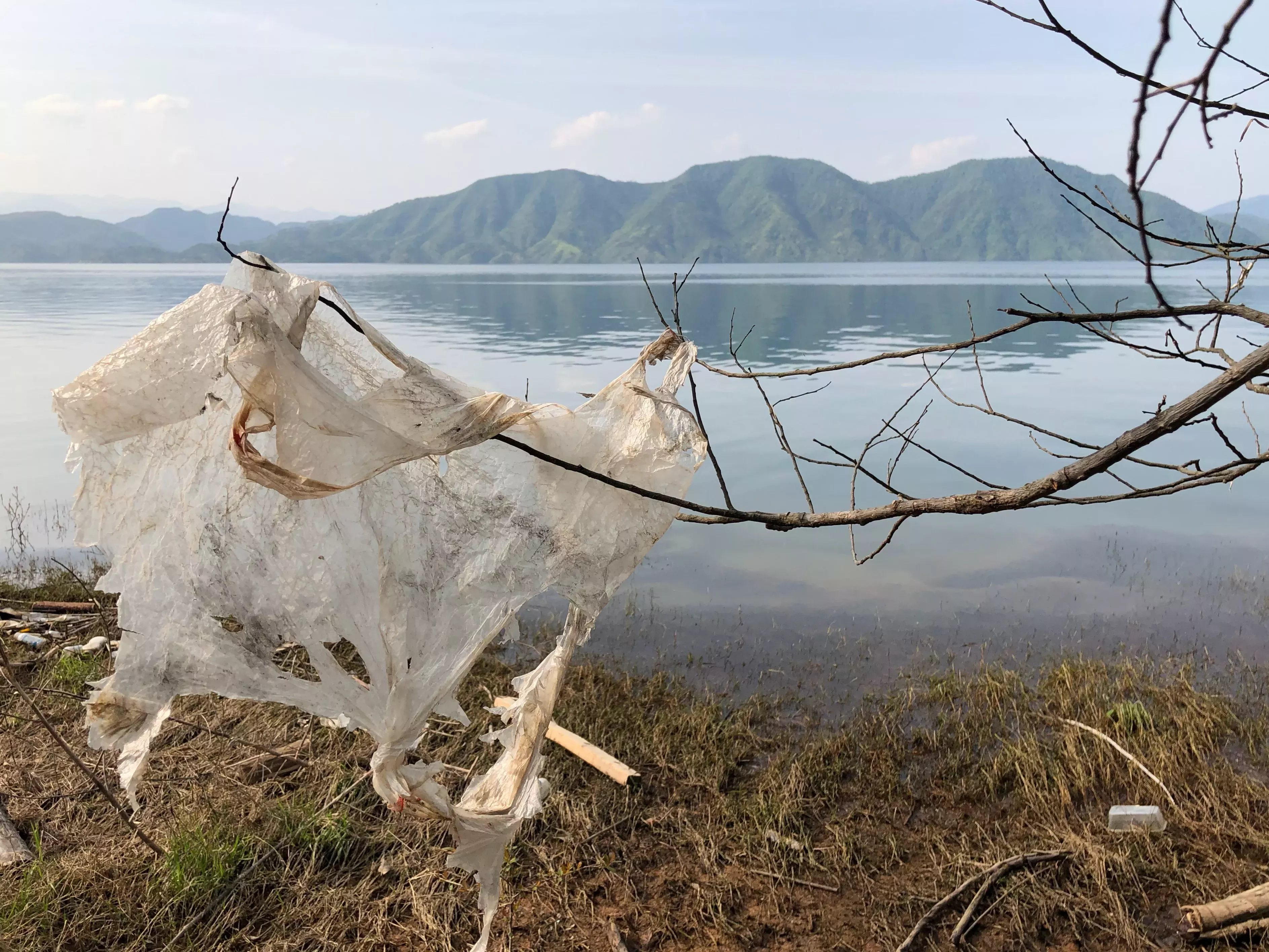
Finding hope in pollution
On the hunt for answers, Dr Irina Druzhinina’s place of scientific discovery has been Yancheng, China. Yancheng translates literally to “Salt City”. It lies on a unique ecosystem that itself is a connection between ecosystems – salt marsh. The rivers bring immense silt deposits that meet the tidal ocean waters, creating great salt-encrusted plains.
Plants and plastic are found here, and you really can’t miss them. Salt-loving Suaeda salsa dominates the green life, though grows only a few centimetres in height. It’s frequently surrounded by everything from old shoes, to plastic bottles, to forlorn rubber duckies. This scene isn’t one that’s limited to China, it can be found these days in most tidal estuaries around the world.
Irina and team have dedicated their study to understanding the microscopic plastisphere landscape here, taking samples of plant and plastic to look for the microbes making them their home.
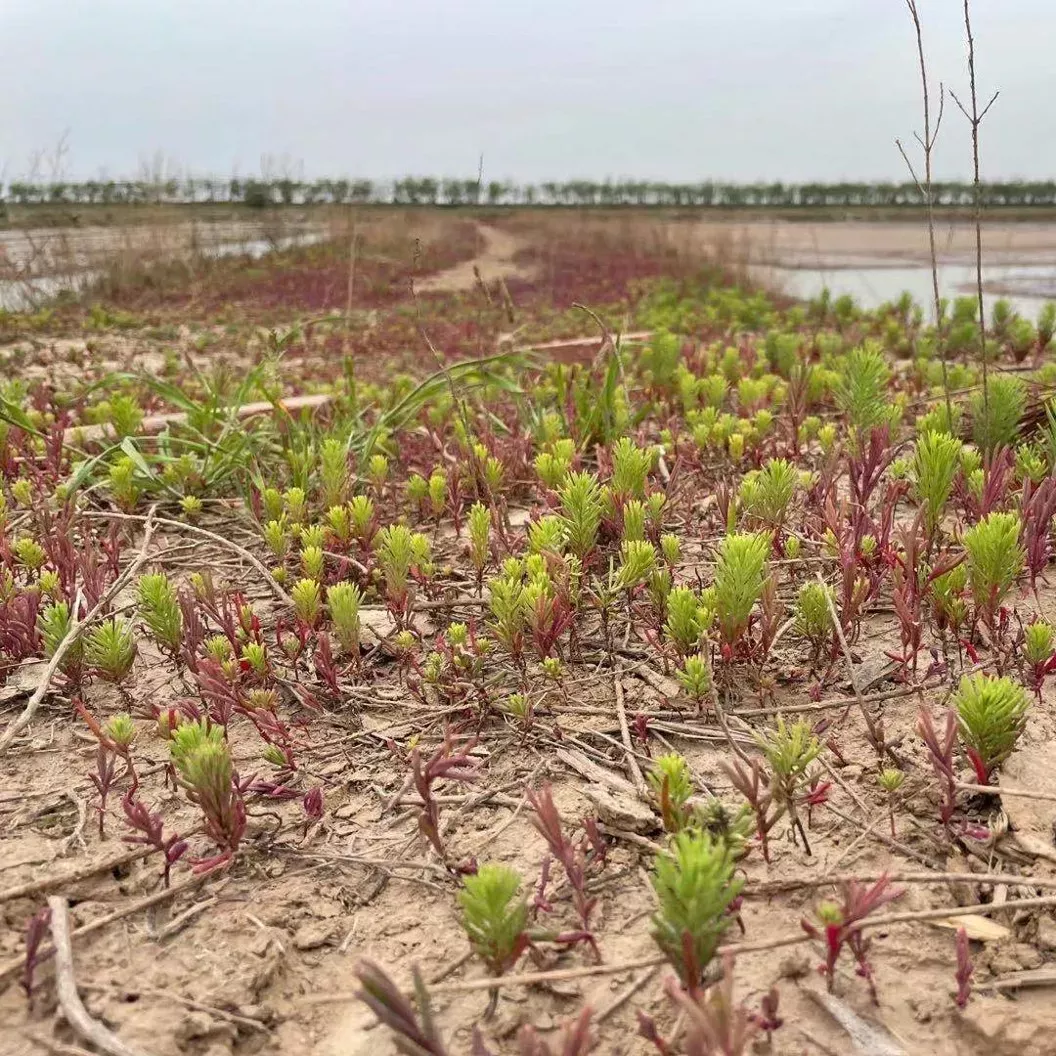

Why look for answers to plastics on plants?
Many of the ‘polymers’ (complex compounds) that make up plastic are much like the polymers that plants use to build their protection. This is especially the case in plants with thick waxy surfaces, such as Welwitschia and succulents. What if we look at the lifeforms that best degrade them?
Saprotrophs – microorganisms that feed by digesting dead matter – might seem a strong choice, but no. So far, microbes of this type have not been promising for finding plastic digesting powers.
How about pathogens then? Certainly, they’re better than saprotrophs at tunnelling their way in, but a pathogen is a bull in a china shop. It’s less adapted to sustained work against a plant wall, but rather suited to exploiting an opening and then devouring the rich cellulose meal inside. Cellulose itself a polymer, but one far more easily chewed down than those found in your tupperware.
The most promising answer lies in microbes that make their home on plant structures – microbes that don’t want to be washed away by the rains or blown off by fierce winds. Some fungi are capable at digesting the surface of thick plants like welwitschia to anchor themselves onto the plant’s surface.
If a microbe can hold on for dear life to a waxy plant surface in harsh conditions, perhaps it can do the same on a smooth plastic surface. It’s this possibility that should really grab your attention.
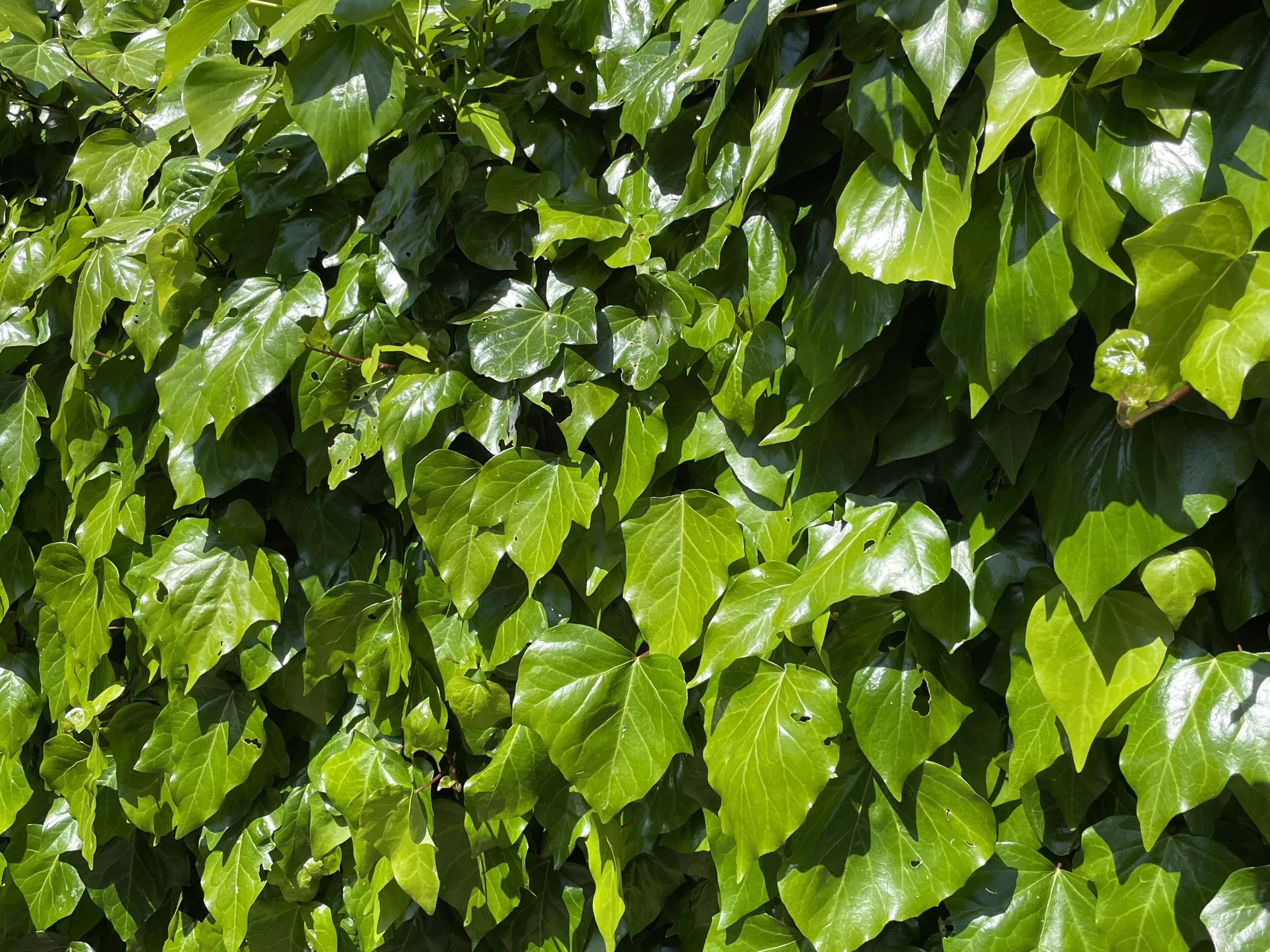
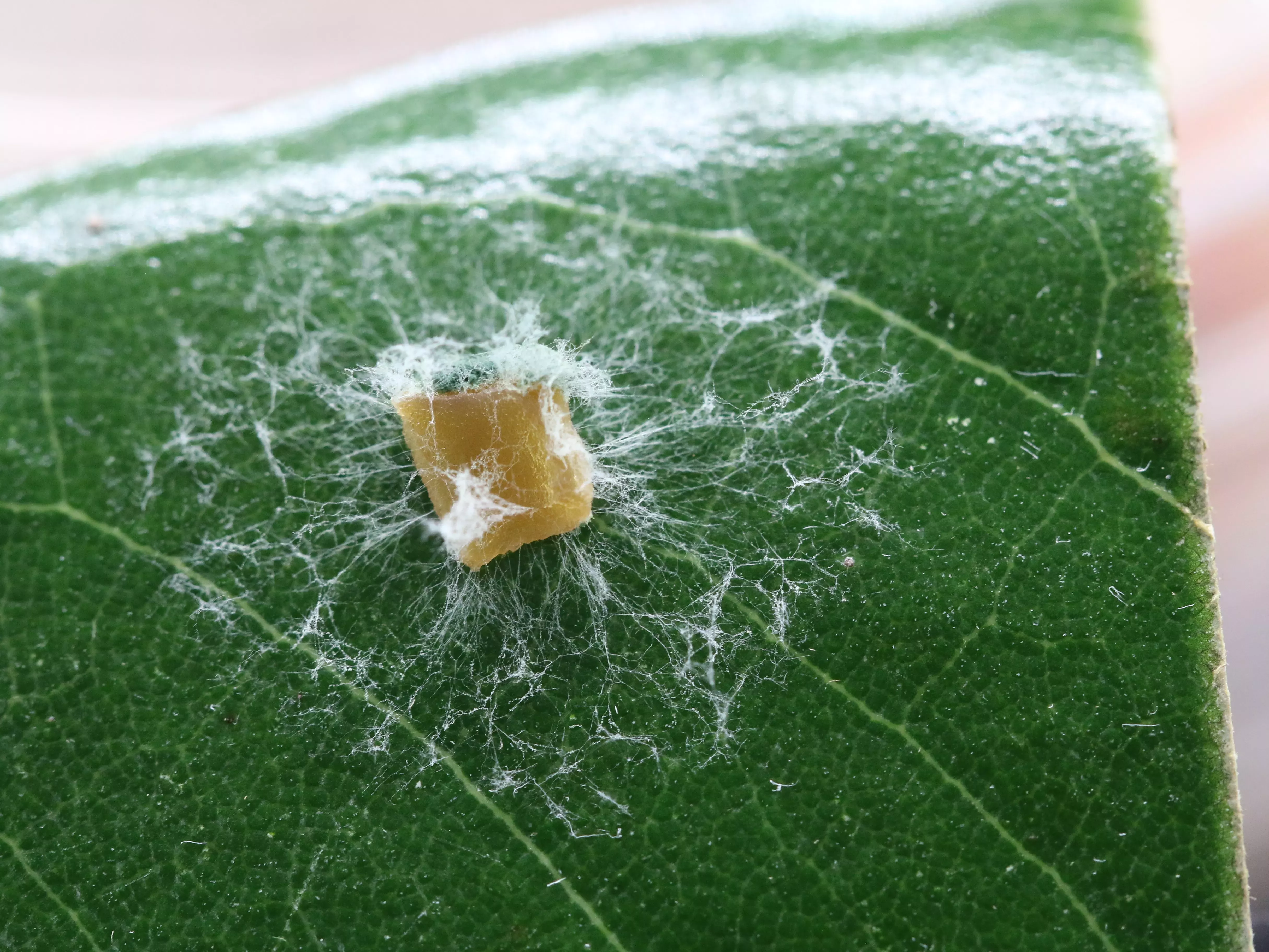
The future in a Petri dish
Back to Yancheng, where the DNA evidence gathered by Irina’s team from the plant/plastic salt marsh microbiome has shed light on a whopping collection of bacterial and fungal life.
Testing the ability of each microorganism to digest plastic is easy. Simply grow each species in a petri dish with a unique and preferably not too tough (considered as “biodegradable”) polymer of your choosing, and wait to see what happens.
The results are promising indeed. 184 strains of fungi and 55 strains of bacteria in total passed the initial test, being able to digest polycaprolactone, a common ingredient of modern plastics. Particularly represented among these (but not exclusively), are microbe species with known plant associations.
The team were able to identify which groups each fungi and bacteria belong to, to the genus level. This is the first time for many of these groups, that any kind of plastic-digesting properties have been identified at all. There’s likely an enormous amount to yet discover.

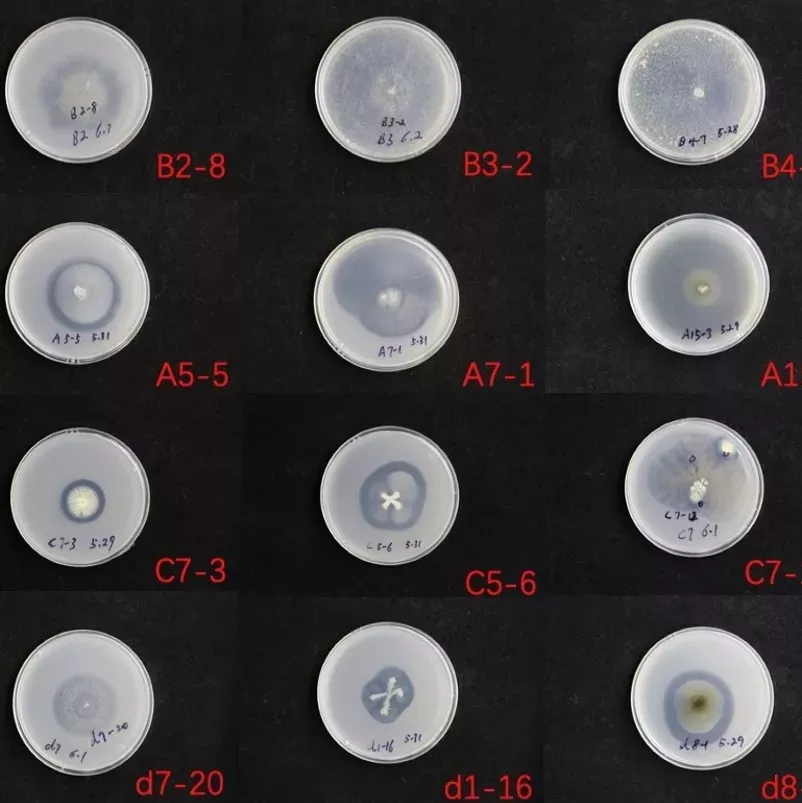
How excited should you be?
Let’s be clear, it’s early days for this research, but don’t click away yet.
Yes, testing is needed with different and more robust plastic polymers, and yes, we need to be able to identify individual microbe species more confidently to be able to dig deeper into their properties. There’s also then the question of how to apply what we’ve learnt to the scale of global industry.
Reflect though on the fact that even 10-15 years ago, a study such as this one would not have been possible at all due to the costs of isolating and sequencing at such scale.
Evolution is a lumbering beast. Science on the other hand is certainly not. Each year, advancements speed up, and what groundwork we lay now through research like this, acts as the foundation for the sky-scraping discoveries of the near future.
It may take 10000 years or more for a bacteria or fungus to gain the power to digest plastic fully, but perhaps as little as 10 years from now, modified enzymes adapted from a microbe found on a faraway salt beach by a Kew research team and partners, may make a waste-free future a reality.
Now that is something to be hopeful about.


